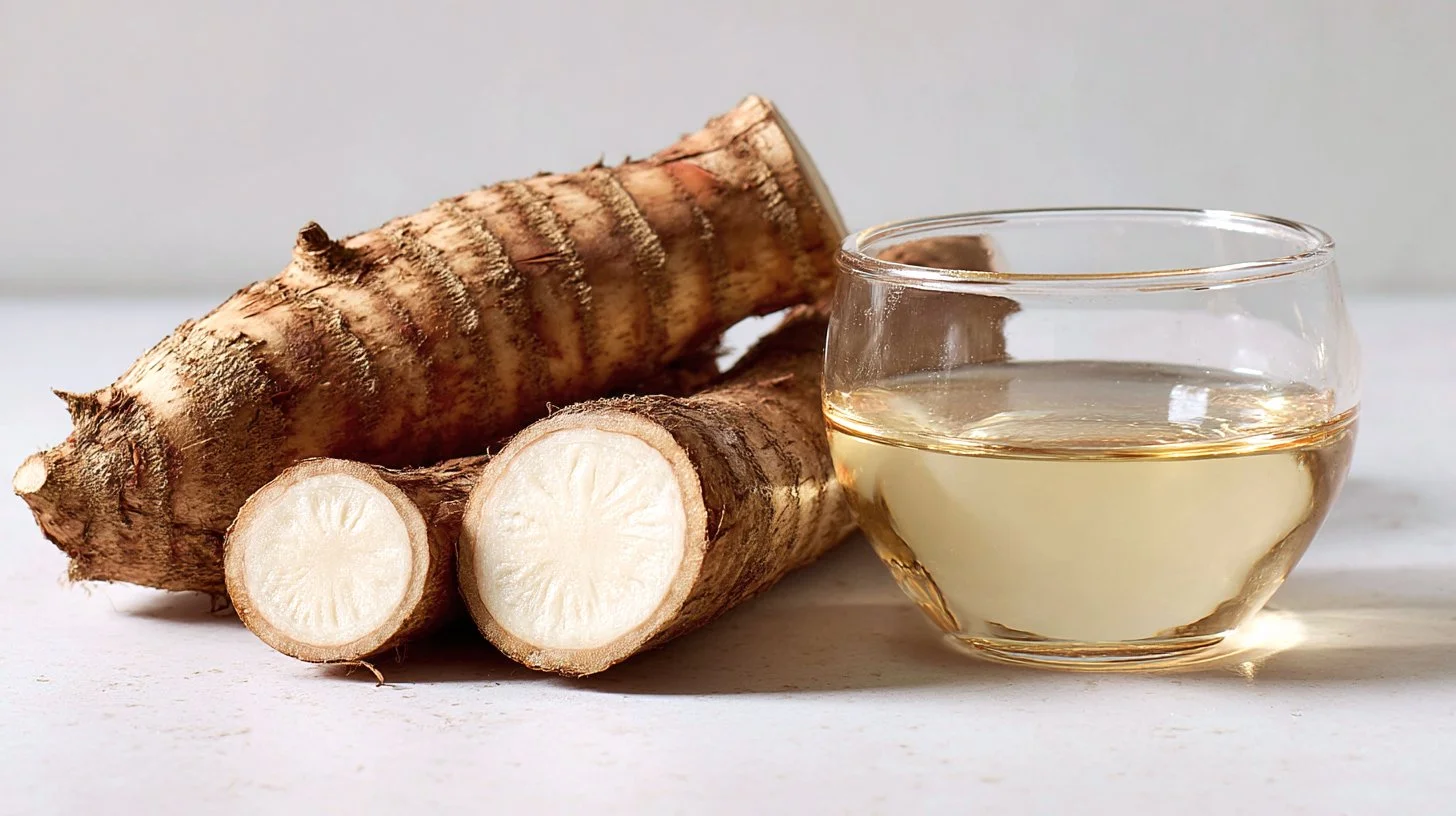A Sweeter Switch: Why I Gave Corn Syrup the Slip
Where the magic is in the micro-details.
A Sticky Situation
There’s a certain kind of sweetness that sneaks into your bakes without asking questions. It works fast, holds its shape, and keeps your ganache from breaking mid-pipe. But sometimes, you pause and wonder: Is it helping the story—or just patching holes in the plot?
That was me and corn syrup.
I used to use it when I really needed to—a steady, glossy workhorse of an ingredient—but it never felt like me. And when you’re building edible storyworlds from the ground up, every layer should feel as intentional as the frosting on top. Every ingredient should have soul.
Why I Made the Switch
Tapioca syrup comes from cassava root, a tropical tuber that feels more grounded—literally and figuratively—than genetically modified corn starch and chemical enzymes. It’s made through a simpler process called hydrolysis, where the starch breaks down into sweet, usable syrup. No heavy refining. No industrial taste. Just something a little more natural.
Is it still sticky? Oh, absolutely—and I still end up with sticky fingers and a few choice words while wiping up the drips. But it’s clean, neutral, and built to support—not steal—the spotlight. It blends seamlessly into meringue and backs up your ganache without ever pushing its way to center stage. For a flavor designer like me, that matters.
What I Love About Tapioca Syrup
Here’s what sealed the deal:
Cleaner label, cleaner taste. It’s non-GMO and often organically sourced.
Milder sweetness. With a lower dextrose equivalent (DE), it’s just sweet enough without being overpowering.
Performs beautifully. It behaves almost identically to corn syrup in buttercreams, glazes, caramels, and royal icing—just with a touch more elegance.
It tells the truth. I want every dessert I make to be honest about what it is. This syrup fits.
Now, don’t get me wrong—my piping bags still get their fair share of food coloring, sprinkles, and sparkles. I’m not a purist. But whenever I can choose ingredients that are cleaner, closer to their roots, or just taste better—I do. Because even small choices can shape the story a dessert tells.
First Impressions, Big Impact
I’ve been quietly testing tapioca syrup in some of my favorite bakes—like strawberry buttercream, lemon curd ganache, and even royal icing details—and I’ve been loving the results. It’s subtle, but it matters. The flavors come through cleaner, the textures stay smooth, and everything just feels a bit more intentional.
I’ll be sharing recipe examples soon, but in the meantime…
If you're curious how tapioca syrup stacks up scientifically and practically, I’ve put together a quick-reference card you can pin or print.
Grab the printable version here → [Download PDF]
I’m Not Looking Back
Some bakers who prefer cleaner ingredients still keep corn syrup around as a backup, but for me? This switch is permanent. The more I design with intention, the more I crave products that support that mission—not just functionally, but philosophically.
I’m not anti-convenience. I just think even the sweet stuff should mean something.
Final Thought
When you’re creating something that’s meant to feel magical, even the tiniest choice matters. So this is me, reaching for something just a little more natural, a little more rooted—and a lot more me.



